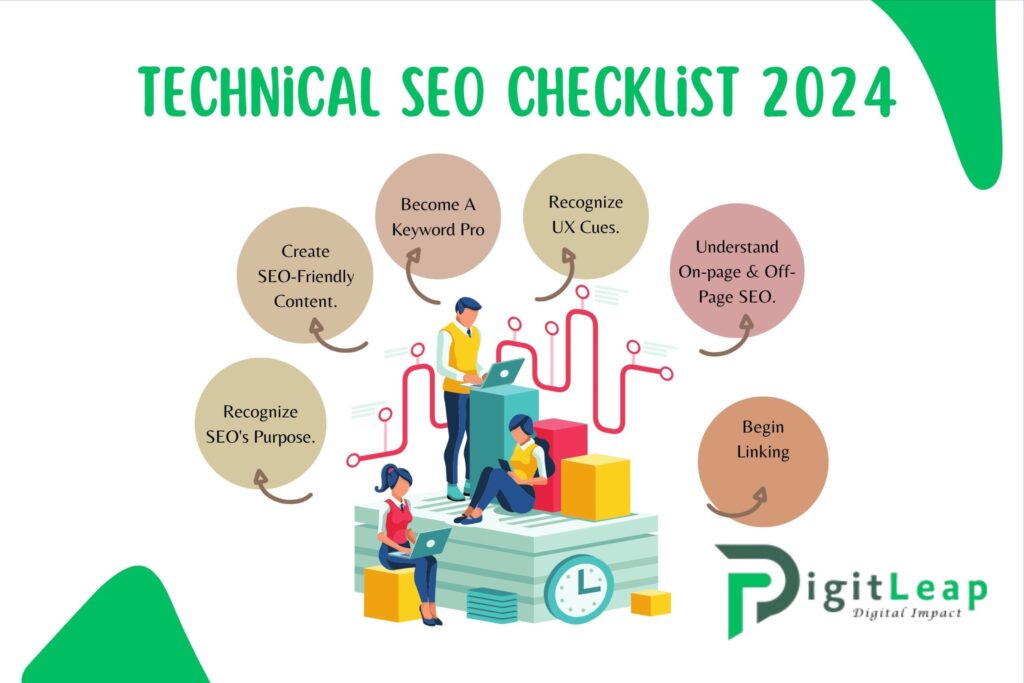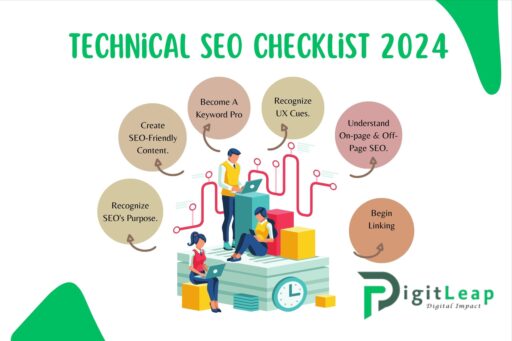Technical SEO Checklist 2025: Your Ultimate Guide to a High-Performing Website
In today’s fast-paced digital world, having a well-optimized website isn’t just a luxury—it’s a necessity. Technical SEO is the backbone of online success, ensuring that your site is fast, secure, and easily discoverable by search engines. As we step into 2025, here’s your friendly, humanized, and complete technical SEO checklist to help you stay ahead of the curve.

1. Ensure Your Site is Mobile-First
With mobile devices dominating internet usage, Google now prioritizes mobile-friendly websites.
- Responsive Design: Make sure your site looks great on all screen sizes.
- Mobile Performance: Test your pages on mobile devices to guarantee quick load times and a smooth user experience.
2. Optimize Page Speed
A fast website not only pleases visitors but also boosts your rankings.
- Image Compression: Reduce file sizes without sacrificing quality.
- Minify Code: Streamline your CSS, JavaScript, and HTML.
- Use a CDN: Leverage a Content Delivery Network to serve your content quickly across different regions.
3. Secure Your Website
Security is a must for user trust and search engine rankings.
- HTTPS: Ensure your site is secure with a valid SSL certificate.
- Regular Audits: Check for vulnerabilities and fix them promptly.
4. Structure Your URLs and Navigation
Clean and logical URL structures make it easier for search engines and users to navigate your site.
- Descriptive URLs: Use clear, keyword-rich URLs for each page.
- Breadcrumbs: Implement breadcrumbs to enhance site navigation and user experience.
5. Improve Site Crawlability
Ensure that search engines can easily access and index your website.
- XML Sitemap: Create and submit an updated sitemap to Google Search Console.
- Robots.txt: Configure your robots.txt file to guide search engine crawlers efficiently.
- Fix Broken Links: Regularly check for and repair broken links to maintain a smooth crawling experience.
6. Leverage Structured Data
Structured data helps search engines understand your content better, leading to rich snippets in search results.
- Schema Markup: Implement schema for reviews, products, articles, and more.
- Testing Tools: Use Google’s Structured Data Testing Tool to validate your markup.
7. Optimize Internal Linking
A strong internal linking structure boosts SEO by distributing page authority and guiding users through your site.
- Logical Linking: Connect related pages with descriptive anchor text.
- Avoid Over-Linking: Ensure that your links add value and aren’t just there for the sake of it.
8. Focus on Core Web Vitals
Core Web Vitals measure real-world user experience and are critical for ranking.
- Largest Contentful Paint (LCP): Aim for a quick load time of your main content.
- First Input Delay (FID): Ensure fast interactivity on your pages.
- Cumulative Layout Shift (CLS): Minimize unexpected layout shifts to provide a stable user experience.
9. Audit and Clean Up Your Site Regularly
Ongoing maintenance is key to sustained SEO success.
- Regular Audits: Use tools like Screaming Frog or SEMrush to identify and fix issues.
- Update Content: Remove or update outdated content to keep your site fresh.
- Monitor Performance: Continuously track your site’s performance with Google Analytics and Search Console.
Final Thoughts
Staying on top of technical SEO in 2025 means regularly refining your website’s performance, security, and accessibility. By following this checklist, you can ensure that your site not only meets modern standards but also provides an exceptional user experience that drives higher search rankings and organic traffic.
Remember, a well-optimized website is the foundation of your online success—invest the time, stay consistent, and watch your digital presence grow!






